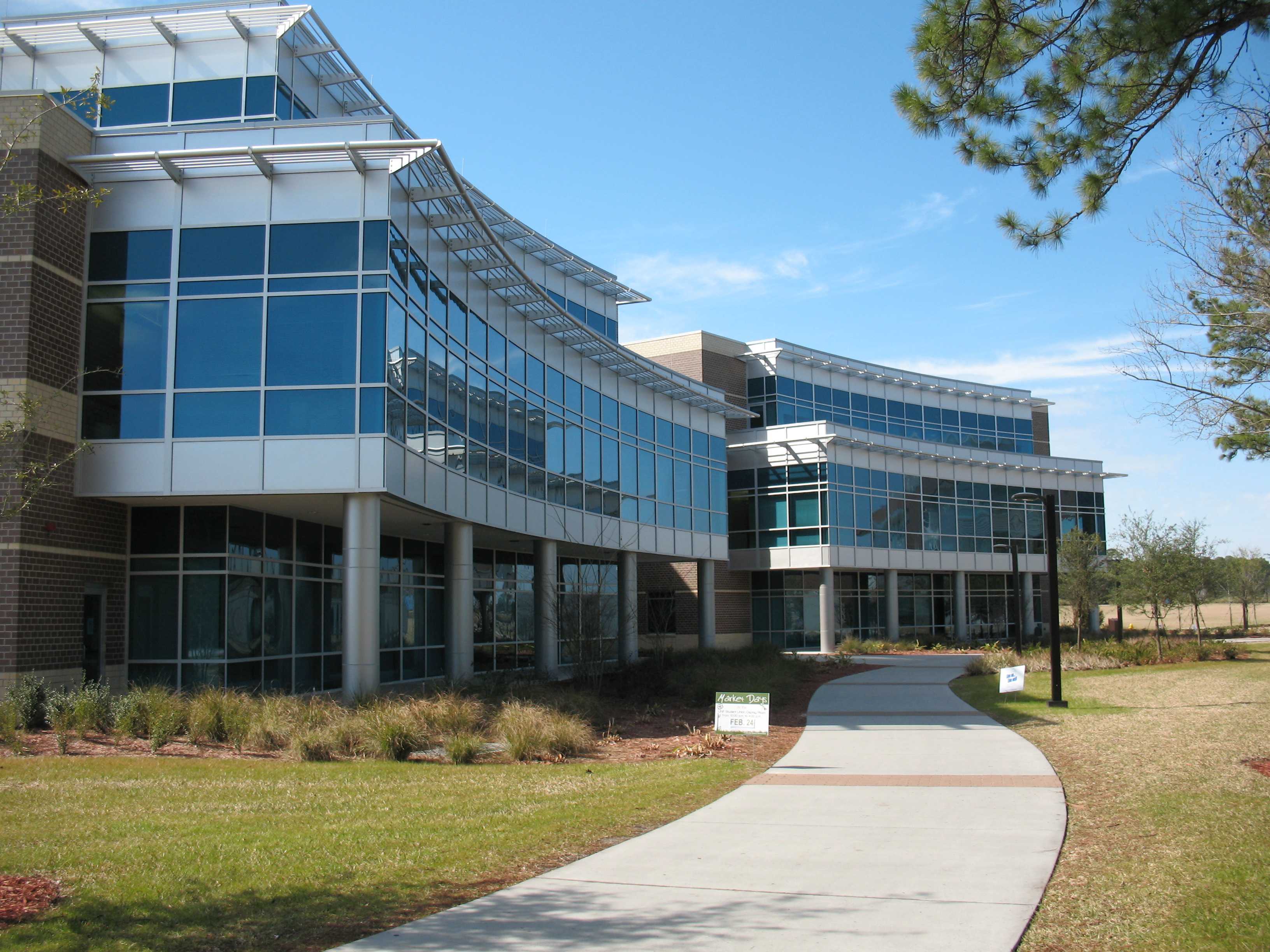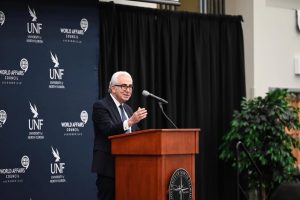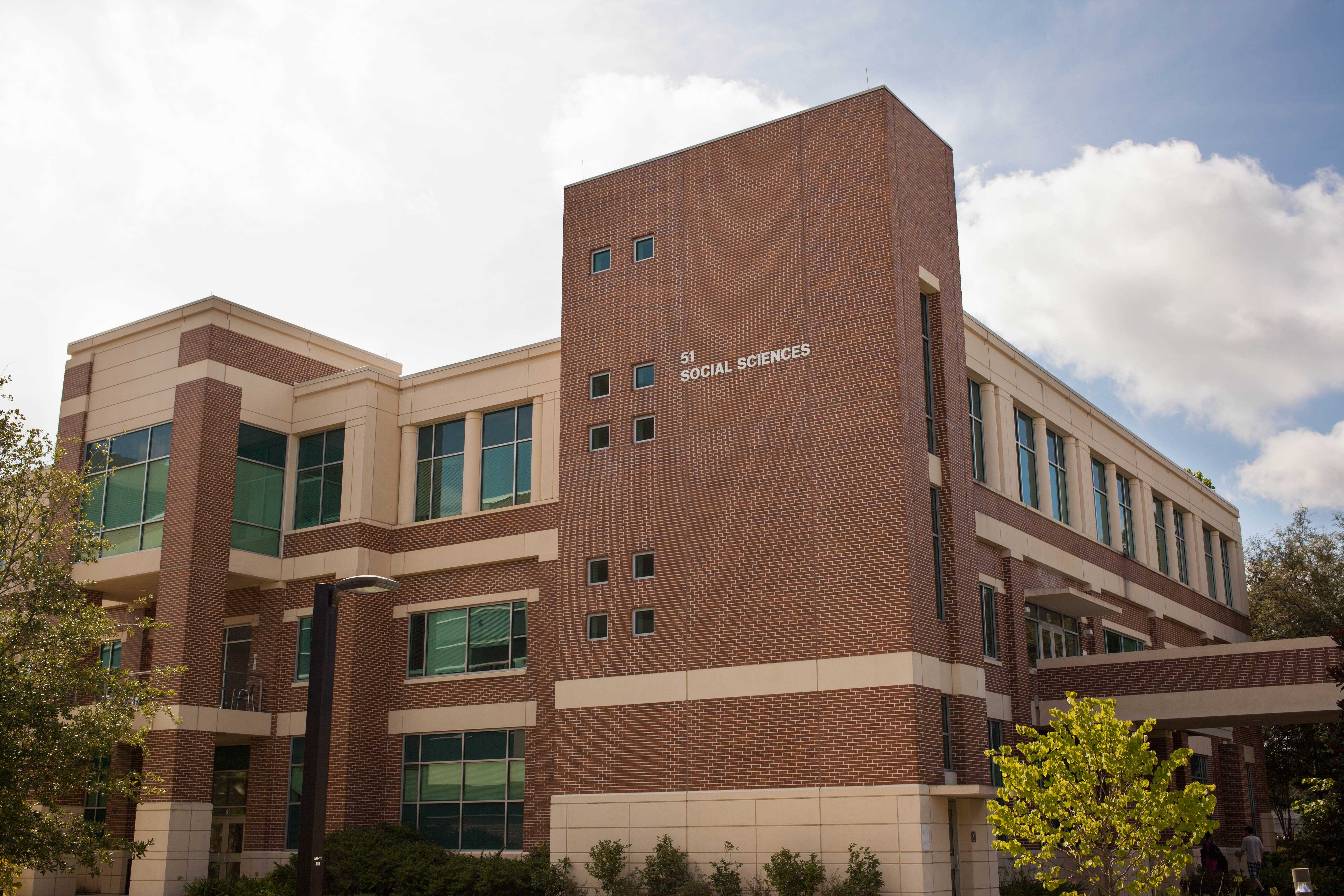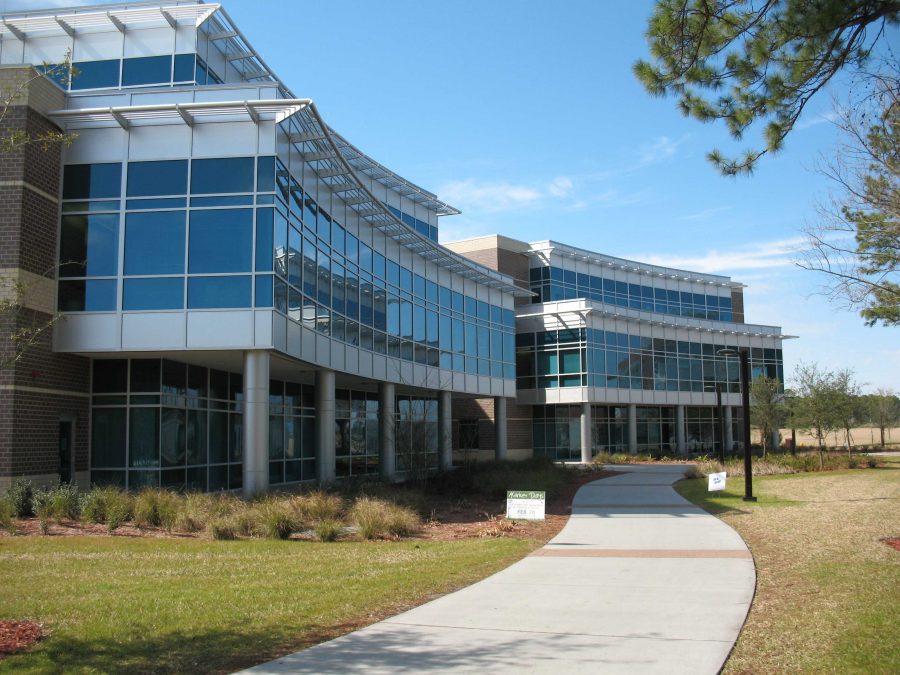UNF students majoring in biology are getting a chance to work with zoos all over the country by conducting important research to help breed endangered species. This is possible through UNF’s partnership with the South-East Zoo Alliance for Reproduction and Conservation (SEZARC).
SEZARC is a non-profit organization that specializes in working to increase the numbers of endangered species by conducting reproductive research to give zoos and aquariums a better understanding of when to artificially inseminate their animals. They work with nine U.S. zoos, including Jacksonville Zoo and Gardens.
Anthony Daly-Crews, ecology and evolutionary biology junior, is involved in this partnership. “One of SEZARC’s main missions is to bring more science into zoos,” Daly-Crews said. “It’s been a really good opportunity because a lot of the programs here at UNF are really focused on marine mammals and marine life, and SEZARC gives you the opportunity to work with some terrestrial stuff.”
Dr. Daniel Moon, professor and chair of the biology department, said UNF is the only university partnered with SEZARC. While zoo veterinary staff generally carry out the actual artificial insemination process, UNF students help conduct various testing. These include hormonal testing on stool, tissue, and blood samples from a range of endangered species such as white rhinos, lowland gorillas, tigers, and elephants.
“Many of the animals that our students are getting a chance to work on with the SEZARC professionals are endangered animals that really no one else in the world is working on,” Moon said. He said students have even worked with species of African antelopes many people have never heard of.
Moon also said in some cases students get a chance to work more hands-on with the animals by conducting behavioral research. Such research is beneficial in predicting the ideal time for reproduction by identifying hormonal patterns and behavioral patterns that signal an animal is ready to breed. With the new SEZARC lab located in the Biological Sciences Building, researchers and students study endocrine profiles to help create a primate reproductive biology database, a resource that will serve as a reference for each species.
Currently, the program is only open to biology majors. However, Moon strongly expressed that there is potential for the program to expand to other majors. He said some of the chemical testing on the samples would be good experience for chemistry majors and psychology majors looking to get involved with behavioral studies.
Gallery photos by Joshua Brangenberg
[doptg id=”18″]Email Jake Stofan at [email protected]
















